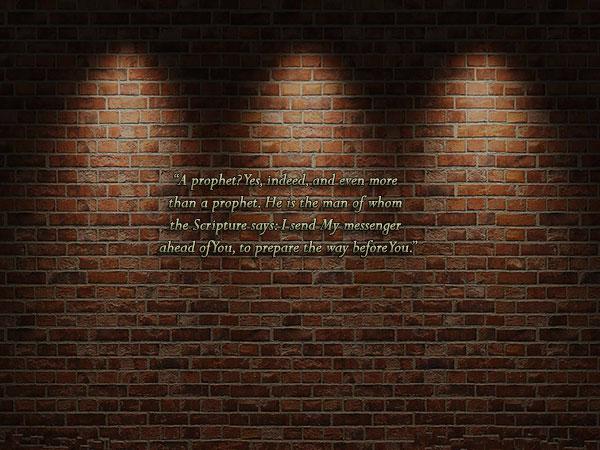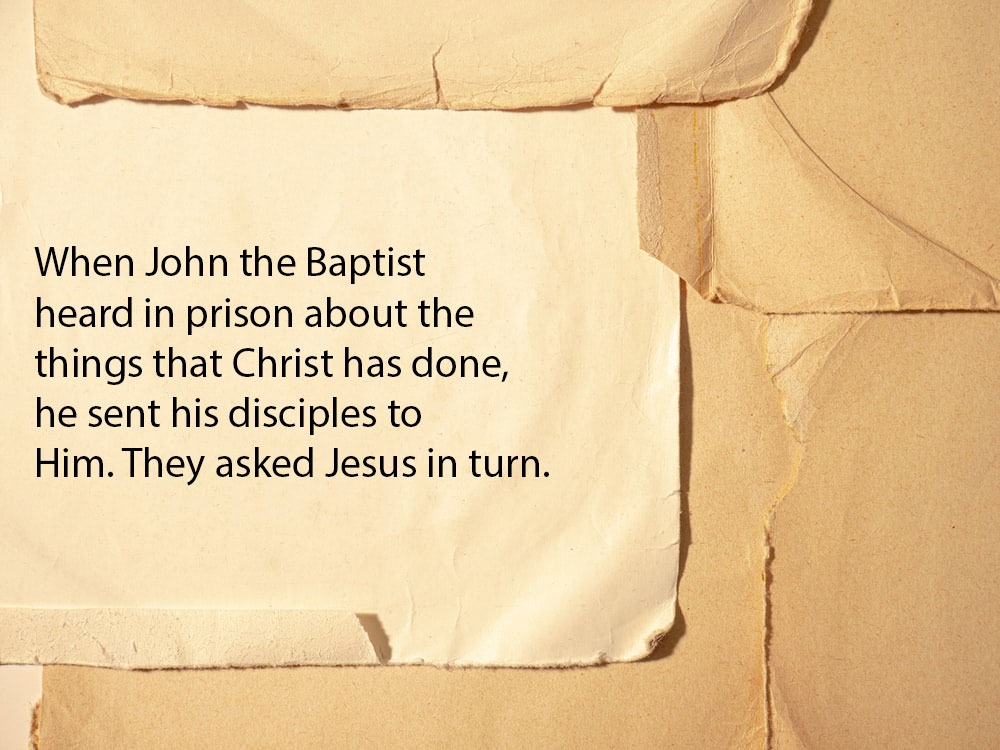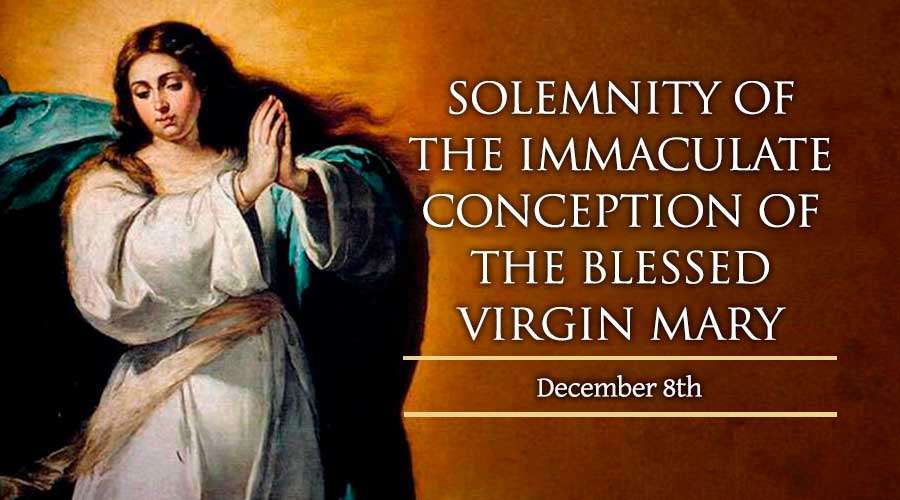AT the press conference on the first day of the 51st International Eucharistic Congress, a question was posed on how the Congress would regard other religions.
One of the panelists answered that one of the discussions in the said congress is about inter-religious dialogue–which has been one of the breakthroughs of the Second Vatican Council, especially with Nostra aetate that clarified the attitude of the Church towards non-Christian religions.
The concrete situation of the Church in Asia necessitates dialogue principally because demographics are multireligious, multiracial, multilinguistic, and multicultural and, therefore, call for constant conversation in order to ensure peaceful coexistence. Given the continuing threat of religious persecution, which has escalated into various forms of terrorism, building paths of dialogue and trust has become an exigency. In the Philippines, prejudices against peoples of different cultures or faiths have derailed even legislations that attempted to pursue peaceful coexistence, though, admittedly, other factors came into play.
While, ironically, people gathering for the Mass in Catholic churches have been the cause of serious conflicts in some Asian countries, the Eucharist is viewed by Catholic theologians as “both the source and goal of this dialogue”. The pastoral and theological reflection issued in preparation for the 51st International Eucharistic Congress, for instance, says that “by our participation in the Eucharistic celebration we enter into a communion of life with the Triune God because we are inserted into the dialogue of life and salvation that began in history and now perpetuated in liturgical mystery in the power of the Holy Spirit… Emerging from the Eucharistic gathering, we are sent to continue and extend this Trinitarian dialogue of life and salvation in the form of loving service, especially toward the least, the last and the lost.”
Interreligious dialogue is foremost in the Church’s mission in Asia. And the Holy Eucharist at the very center of it.
The Congress in Cebu and the people of Asia
The 51st IEC should, in a specially radiant and effective way, proclaim the mystery of Christ considering the place of the Faith and of the Church in Philippine history. The Church in the Philippines has a providential vocation for mission particularly in Asia, a vocation so constantly affirmed by the Roman Pontiffs. The presence and active involvement of the Catholic laity in the various sectors of society, ecclesiastical and pastoral affairs included, bears a great potential to influence the socio-political and economic landscape in the manner of leaven in the dough.
Poverty and lack of employment opportunities push many Filipinos to migrate to other countries both within and outside Asia, but when they do they bring their Christian faith along with them and share it with the people with and for whom they work, more perhaps by their examples and values than by their words. The Philippine Church, then, is a source of hope in a special way precisely as “Christ in you, the hope of glory” among the Peoples of Asia, as Pope Paul VI affirmed in his 1970 visit to the Philippines.
In 1937, Manila hosted the 33rd IEC, the first ever in Asia. That Congress, so movingly successful, was surely the most important international religious event ever held in the country at that time. The 51st IEC which will take place in 2016 promises to be of such great importance as well. It forms part of the “nine-year novena” which the faithful in the Philippines are celebrating in preparation for the joyous and historic observance of the 500th anniversary in 2021 of the coming of the Christian Faith and of the Christian Church to the country.
In the year 1521, the King and Queen of Cebu were baptized by the Spanish missionaries. The natives embraced the Christian faith with considerable ease and enthusiasm on account of their deep and natural religiosity. Their initial faith was nurtured by the sacraments, most especially the Holy Mass, notwithstanding that until the early 20th century it was celebrated in a language not understood by the great majority. The Christianization of this land, realized in a remarkably short span of time, has made the Philippines the biggest Catholic country—with more than 80% of our people baptized in the Faith—in this part of the world. Filipino Catholics through the centuries developed a high regard for the Eucharistic celebration.
The life and activities of the typical parish, whether of spiritual, social, or service orientation, are centered on the Eucharistic liturgy. Patronal feasts of towns and villages (barangays) are celebrated with a multitude of Masses and abundant feasting with food and merry-making. Marriages, deaths, and the anniversaries thereof, are usually celebrated with the Holy Mass. Indeed, Filipino family and community events are not complete if not graced by the Eucharistic celebration. Catholic groups usually begin and conclude their gatherings, be they of social or apostolic nature, with the Holy Mass. The Mass has become perhaps the most familiar religious activity in Filipino society.
–Excerpts from the theological and pastoral reflection in preparation for the 51st International Eucharistic Congress.
Post Credit: CBCP News






